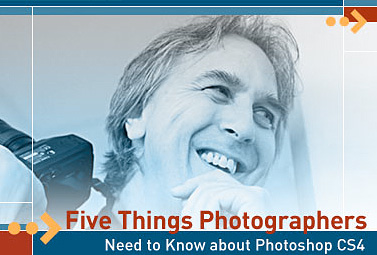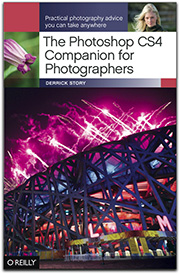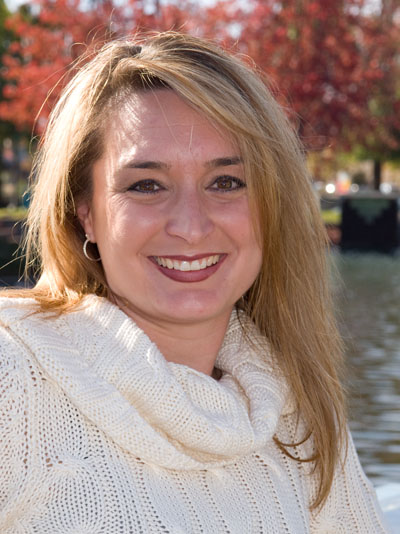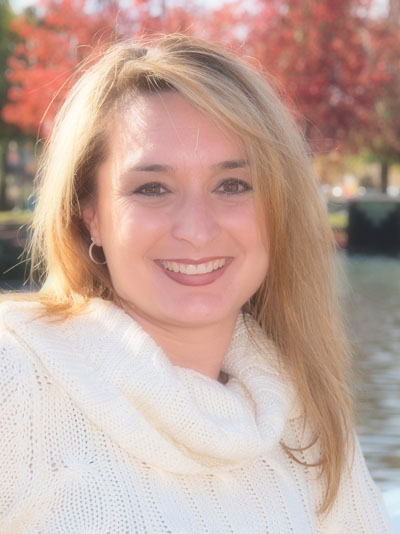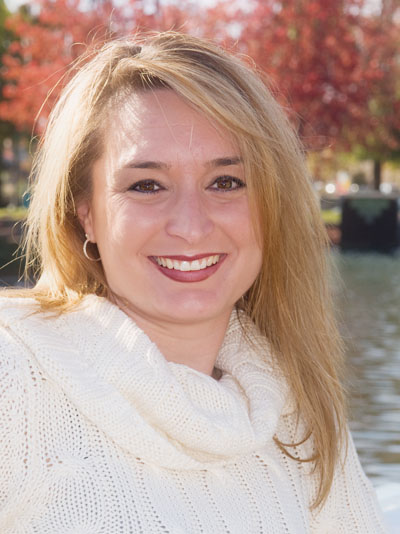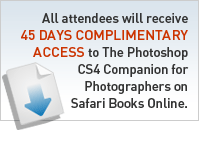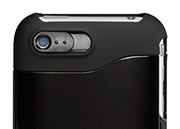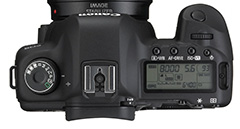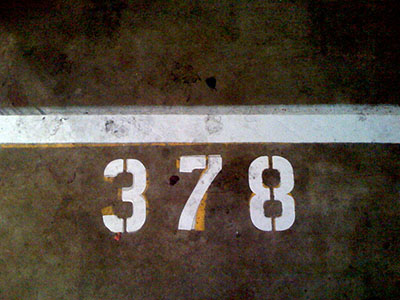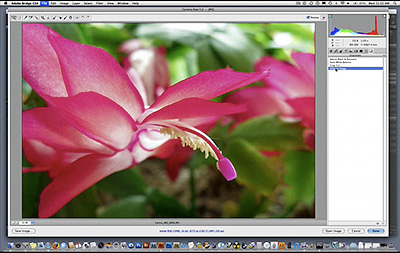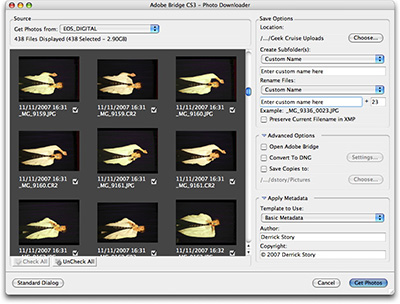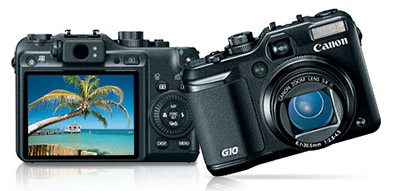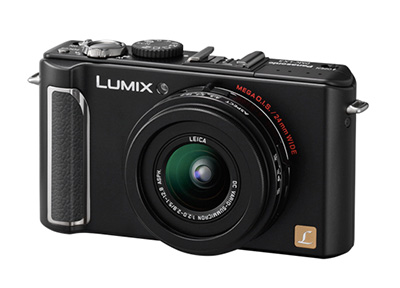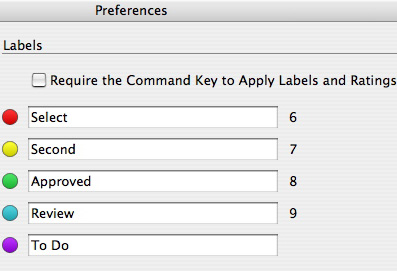
Virtual camera club member Jane R sends us a terrific tip to speed up the process of rating photos in Adobe Bridge (CS3 and CS4 versions). Jane writes:
"I've got a quick tip for you. I am reading your book, The Photoshop CS4 Companion for Photographers, and do not see this one mentioned."
"To make rating photos quicker when photo editing in Bridge, go to Preferences, find Labels, and uncheck the box to "require the Control Key (or CMD key on Mac) to Apply Labels and Ratings". This way you can just type a number (0-5) on the numeric keypad for the rating. (A '2' equals 2 stars, etc.) And you can change the rating easily by just typing another number 0-5."
"Thanks for all the good information you provide via the podcast, the website, and your books. I have copies of Digital Photography Hacks and The Digital Photography Companion. I suggested my public library buy a copy of The Photoshop CS4 Companion for Photographers, which I am now learning from."
Thank you for the great tip Jane! I've already changed my Preferences for both CS3 and CS4.Adobe Lightroom 2.2 Update Released
I got this note recently from Adobe PR about the latest version of Lightroom:
"Lightroom 2.2 adds raw support for seven new camera models including the Canon EOS 5D Mark II and Canon PowerShot G10. The update also includes several refinements such as enhanced performance of the local adjustment tools. In addition, Adobe's Camera Profiles are now available natively within Lightroom 2.2 and are provided automatically as part of this release. As the visual starting point for the raw processing workflow, camera profiles provide flexibility that allows photographers to quickly achieve their desired rendering."
This looks like a great update. I'll probably download it today and give it a spin.
Olympus E-30 Sample Shots on Imaging-Resouce
As you know, I've been testing the about-to-be-released Olympus E-30 DSLR. The good folks over at Imaging-Resource.com have released a terrific gallery of sample photos from the E-30 that include test targets, outdoor shots, and studio-lit settings, all at different ISO and other settings. It will help you get your head around how this camera performs. I'll continue to focus on the special features.
-
Technorati Tags: Adobe Lightroom, Derrick Story, digital photography, Olympus E-30 DSLR, Technology, The Digital Story, Adobe Bridge CS4
